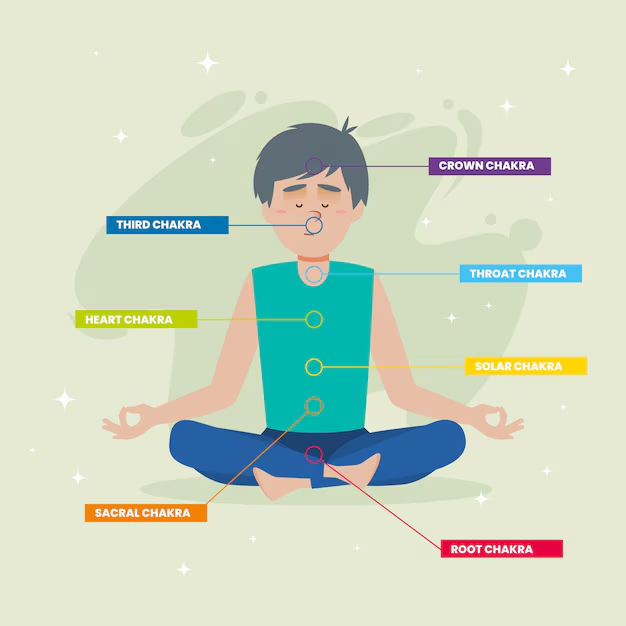Back to Home
In the hustle and bustle of modern life, finding moments of calm and purpose can be challenging. However, incorporating small rituals into your morning routine can set a positive tone for the day ahead.

Morning Gratitude Practice
Begin your day by expressing gratitude. As soon as you wake up, take a moment to think of three things you are thankful for. These could be simple things like the comfort of your bed, the opportunity to see a new day, or the support of loved ones. You can say these out loud or silently in your mind. This practice sets a positive tone for the day and helps cultivate a mindset of appreciation.
When practicing gratitude, be specific about what you’re thankful for. Instead of generic statements like “I’m grateful for my health,” try to pinpoint particular aspects such as “I’m grateful that I woke up feeling rested and energetic.” Being specific adds depth and authenticity to your gratitude practice.
Engage your senses when expressing gratitude. Reflect on experiences that bring joy or comfort—like the aroma of morning coffee, the warmth of sunlight streaming through your window, or the laughter of loved ones. By involving your senses, you deepen your connection to the present moment and amplify feelings of gratitude.
Consider keeping a gratitude journal or notebook. Each morning, write down three things you are grateful for. This physical act of writing can reinforce positive emotions and serve as a meaningful record of your gratitude journey. Reviewing past entries can also remind you of the abundance in your life during challenging times.
Instead of dwelling on what’s lacking or stressful in your life, intentionally shift your focus to what you have and cherish. This shift from scarcity to abundance can transform your perspective and promote a sense of contentment and fulfillment.
Mindful Breathing Exercise

Practice a brief session of mindful breathing to center yourself and calm your mind. Find a comfortable seated position, close your eyes, and take a few deep breaths. Inhale slowly through your nose, feeling your belly rise, and then exhale slowly through your mouth, letting go of any tension. Repeat this for about 1-2 minutes. Focusing on your breath helps reduce stress, increase clarity, and prepare you for the day ahead.
Choose a comfortable and quiet space where you can sit undisturbed for a few minutes. This could be a corner of your room, a serene outdoor spot, or any place where you feel relaxed and at ease.
Sit comfortably with your spine upright but not rigid. You can sit cross-legged on the floor, in a chair with both feet planted firmly on the ground, or any position that allows you to feel grounded and relaxed.
Direct your attention to your breath. Notice the sensation of the air entering and leaving your nostrils or the rise and fall of your abdomen with each breath.
As thoughts or distractions arise (which is normal), gently acknowledge them without judgment and then return your focus to your breath. Use your breath as an anchor to bring you back to the present moment whenever your mind starts to wander.
After your mindful breathing session, carry the sense of calm and clarity you’ve cultivated into your day. Notice how this practice influences your interactions, decision-making, and overall well-being.
Mindful breathing is a valuable tool that can be integrated into your morning routine to promote a sense of contentedness and prepare you for the day ahead. Regular practice of mindful breathing can enhance self-awareness, improve emotional regulation, and contribute to a more mindful and balanced life. Start with small increments of time and gradually build your practice to reap the full benefits of this transformative technique.